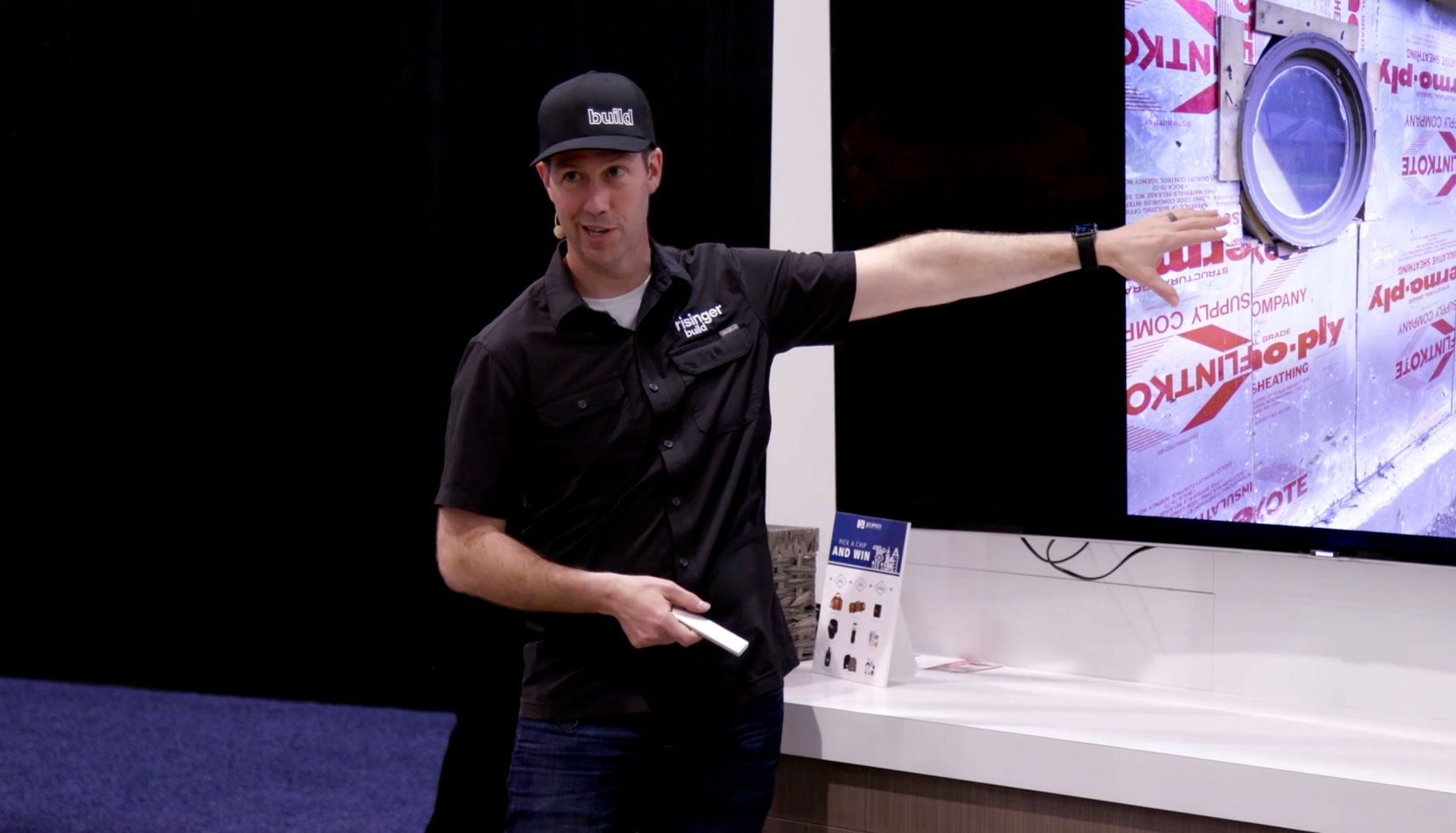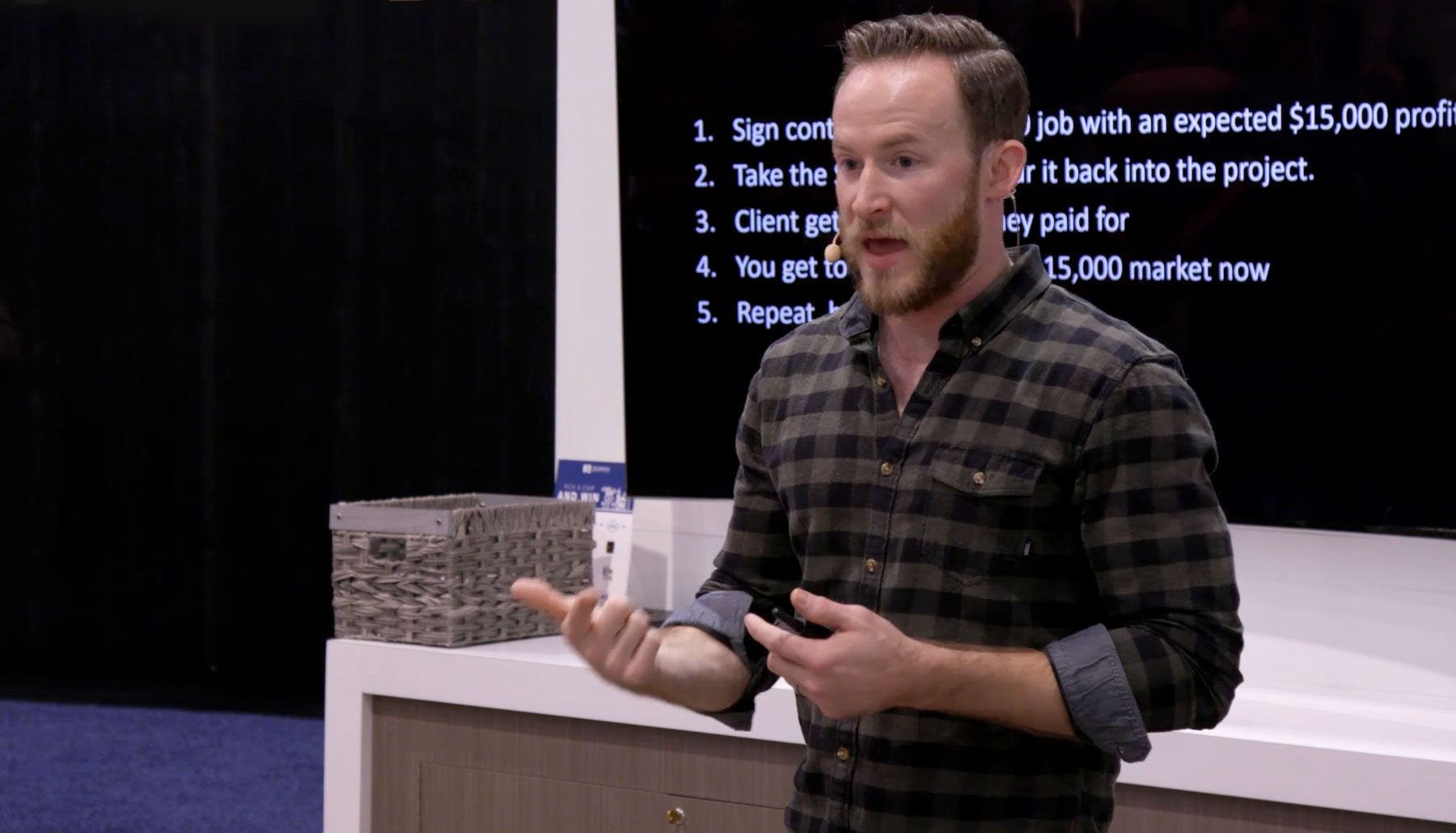Some industry pros share their strategies for pursuing high performance.
Brought to you by JELD-WEN
The path to a high-performance or net zero home is a well-trod one. It’s supported by proven building science principles refined over decades. These principles apply to remodeling as well as to new construction.
The path to net zero is pretty straightforward:
- Create a super-efficient building shell with lots of insulation, low air leakage, and the best windows and doors possible
- Add high-efficiency HVAC
- Use nontoxic materials and install fresh air ventilation
But your results are all about the details. Here are some ideas to help you get started with net zero or improve your next net zero project.
1. Study and learn
Start with training. Done wrong, tight construction can create moisture or air quality problems. To avoid them, get some good basic training. Not sure where to begin? Both of these organizations offer classes in applied building science and mechanical systems:
- The Energy and Environmental Building Alliance (EEBA) holds seminars around the country.
- Construction Instruction in Phoenix trains builders in a lab where they get hands-on experience with actual building systems.
2. Explore available software
Gaithersburg, Maryland, architect and design/build remodeler John Spears runs his plans through an energy simulation program called REM/Design. He inputs wall areas, the R-values of surfaces, and the mechanical system efficiencies. He can also add solar orientation and overhangs to determine solar gain and shading.
- The software calculates the home’s overall heating and cooling loads and details how each component contributes to it. According to Spears, the results usually identify the biggest loads in most homes as air infiltration, windows, and attic insulation, so he prioritizes these when designing a home. They’re also the first things he addresses in a remodel.
- Simulation software offers the designer value-engineered building performance. “I can see what the effect on monthly energy use will be if I spend an extra $50 here or $100 there,” he says. “This is a big help when you want to design a cost-effective net zero home.”
- Software also helps the builder work with the rater. The data from REM/Design can be inputted to REM/Rate for the rater to use when calculating the HERS score.
Rely on manufacturer support. Although building components seem to get more technical and complex every year, this complexity brings more choices.
3. Watch your HERS score
Tampa-area builder Marc Rutenberg aims for a negative HERS score, which denotes a house that generates more energy than it consumes. To get there, he builds a super-efficient envelope, using products that include triple-glazed JELD-WEN windows.
Builders who don’t have the budget for that need not worry. According to Jason Kantola, JELD-WEN’s coordinating certification manager, most builders can meet zero energy goals with double-pane ENERGY STAR–certified windows that are available in any architectural style. “We offer tools and performance charts that make it easy to pick the right one,” he says. The company’s architectural consultants work with builder customers to choose the best windows.
For assistance with window and door specifications or installation, visit JELD-WEN’s professional portal.
Additional assistance with window and door specifications for net zero and high-performance home building is available from your JELD-WEN architectural consultant. Find yours when you register here.



